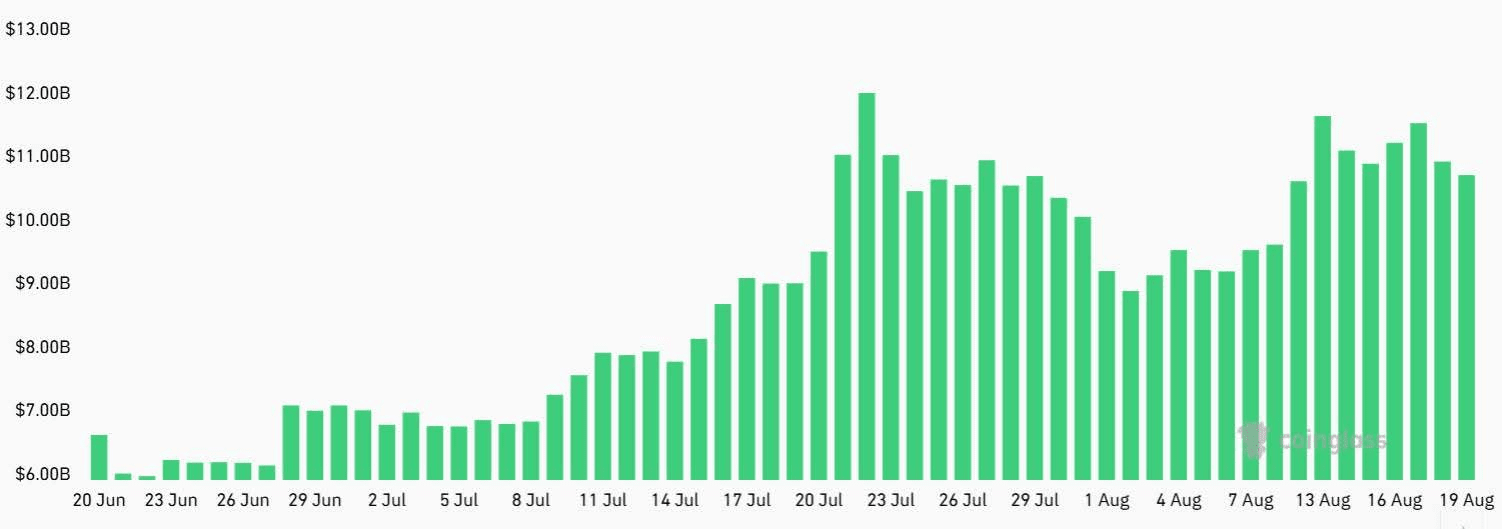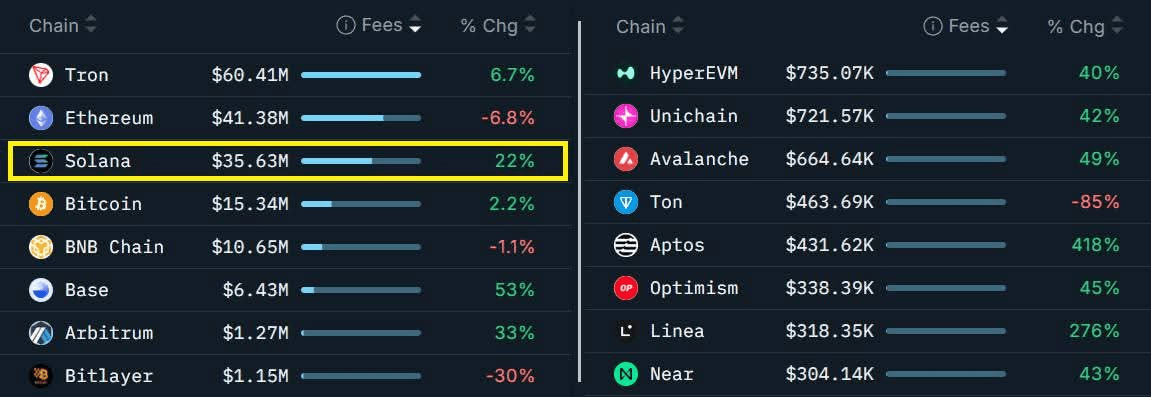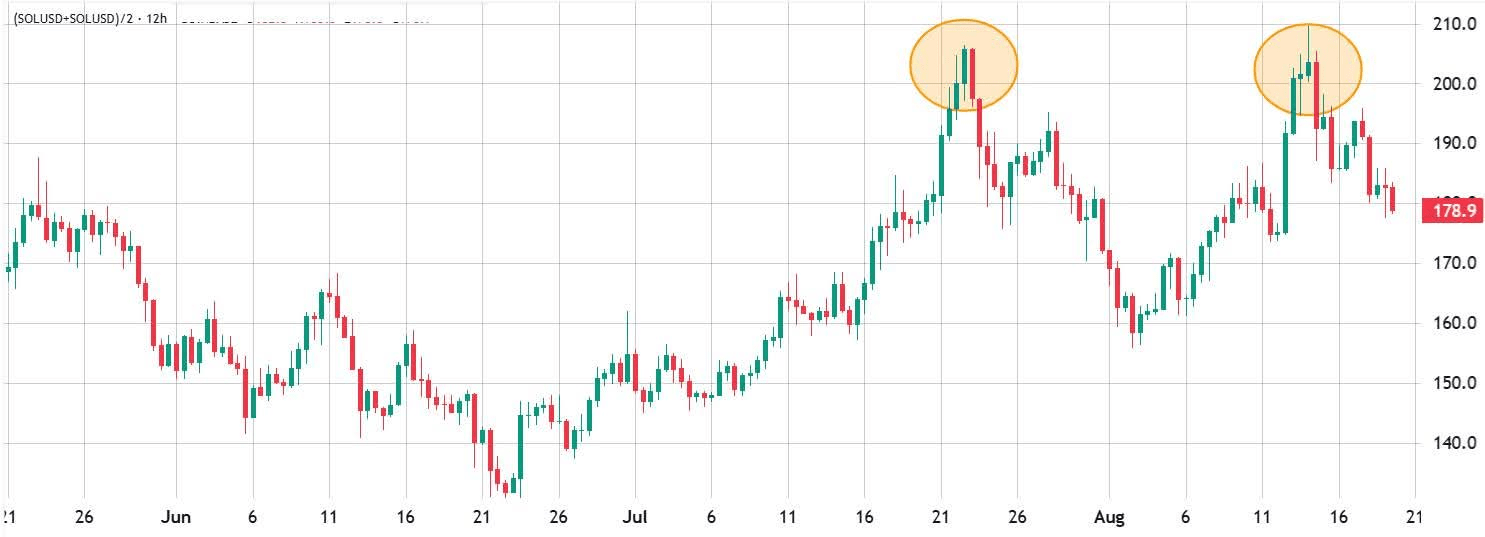Cryptocurrency market crash accelerates, but SOL data predicts a possible recovery to $200
The native token of Solana, SOL, fell by 15.5% since reaching $209.80 on Thursday, its highest price in over six months. The pullback raised concerns that a double top formation might signal a bearish reversal. However, four key indicators suggest otherwise, and Solana could soon retest the $200 level, contradicting the short-term traders' pessimism.
Solana has solidified its role as the second-largest decentralized exchange (DEX) ecosystem, recording $111.5 billion in volumes over 30 days. While Ethereum remains dominant, Solana surpassed the combined layer 2 networks of Ethereum, which generated $93.1 billion. BNB Chain lagged behind with $60 billion, according to DefiLlama.
The total value locked (TVL) in Solana reached $12.1 billion this week, a 20% increase in two months, further cementing its position as vice-leader over BNB Chain with $7.8 billion. Several decentralized applications (DApps) such as Kamino, Jito, Jupiter, Sanctum, Raydium, and Marinade each surpassed $2 billion in TVL. Sustained activity reinforces the demand for SOL, as transaction fees are essential for maintaining native staking yields.
Network fees highlight this dynamic. Solana generated $35.6 million in 30 days, a 22% increase from the previous month. Ethereum led with $41.4 million, but decreased by 7% in the same period. Solana's advantage comes from its low fees and a frictionless user experience, eliminating reliance on bridges and complex layer 2 solutions.
Solana's ranking in third place in network fees is notable, considering that Ethereum maintains a much larger smart contract deposit base. Solana's success is not easily replicable, as validators require greater hardware capacity and a capital commitment, making the network more robust than its competitors.
Institutional participation in Solana expands in futures and exchange-traded products
Open interest in SOL futures rose to $10.7 billion, up from $6.9 billion two months ago. This now surpasses XRP futures, despite XRP having a market capitalization 81% higher. The growth indicates increasing institutional participation, a positive factor for long-term adoption.
More evidence of institutional demand comes from $2.8 billion in futures and exchange-traded products of Solana (ETF/ETP). The native staking yield of 7.3% could drive strong demand once Solana's spot ETFs launch in the United States. Bloomberg analysts project a 90% or higher probability of approval from the U.S. Securities and Exchange Commission by the end of the year.
The pullback from $209.80 triggered fears of a bearish double top. However, Solana's leadership in DEX volumes, the expansion of TVL, the accelerated growth of
the fees and the growing institutional exposure collectively argue otherwise. Instead of confirming a bearish shift, these drivers support a new push towards $200, validating the hypothesis that traders may have turned bearish too soon.








